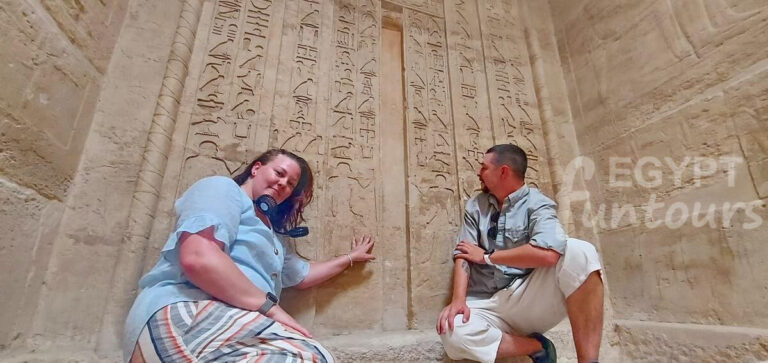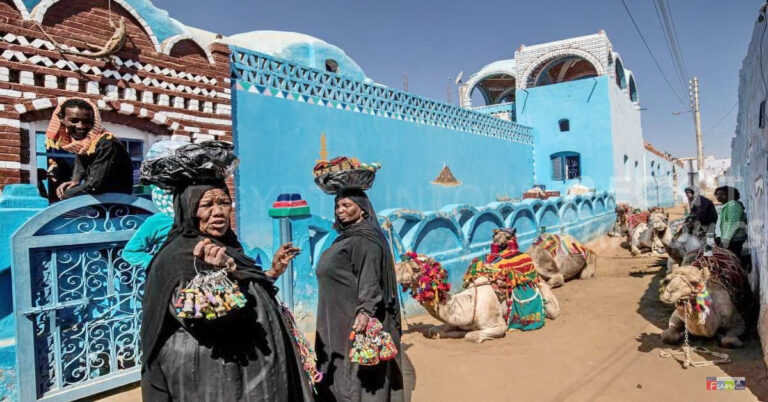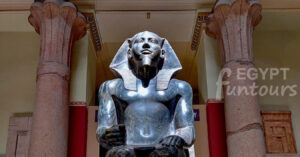King Amenhotep III: The Magnificent Pharaoh
King Amenhotep III was a pharaoh of the 18th Dynasty of Egypt. He ruled during a period of unprecedented prosperity and stability, often called the golden age of ancient Egypt. His reign, from approximately 1386 to 1349 BCE, was one of the longest and most successful in Egyptian history. King Amenhotep III focused on diplomacy and lavish building projects rather than military conquest. This strategy brought peace and immense wealth to the kingdom.
A Golden Age of Peace and Power

King Amenhotep III inherited a stable and powerful empire from his predecessors. He did not need to lead major military campaigns. Instead, he used diplomacy to maintain Egypt’s dominance. Through a series of royal marriages, he secured alliances with other powerful rulers of the Near East, including those from Babylon and Mitanni. His court was a center of international relations, and he corresponded with his fellow kings through the famous Amarna letters. These diplomatic efforts ensured a long period of peace. This peace allowed him to pour the nation’s vast wealth into artistic and architectural projects. This era of stability also fostered a thriving economy. Egypt became a hub of trade, with goods from across the ancient world flowing into its markets. This economic prosperity further strengthened the pharaoh’s authority and provided the resources for his ambitious building program.
The Builder of Monumental Projects
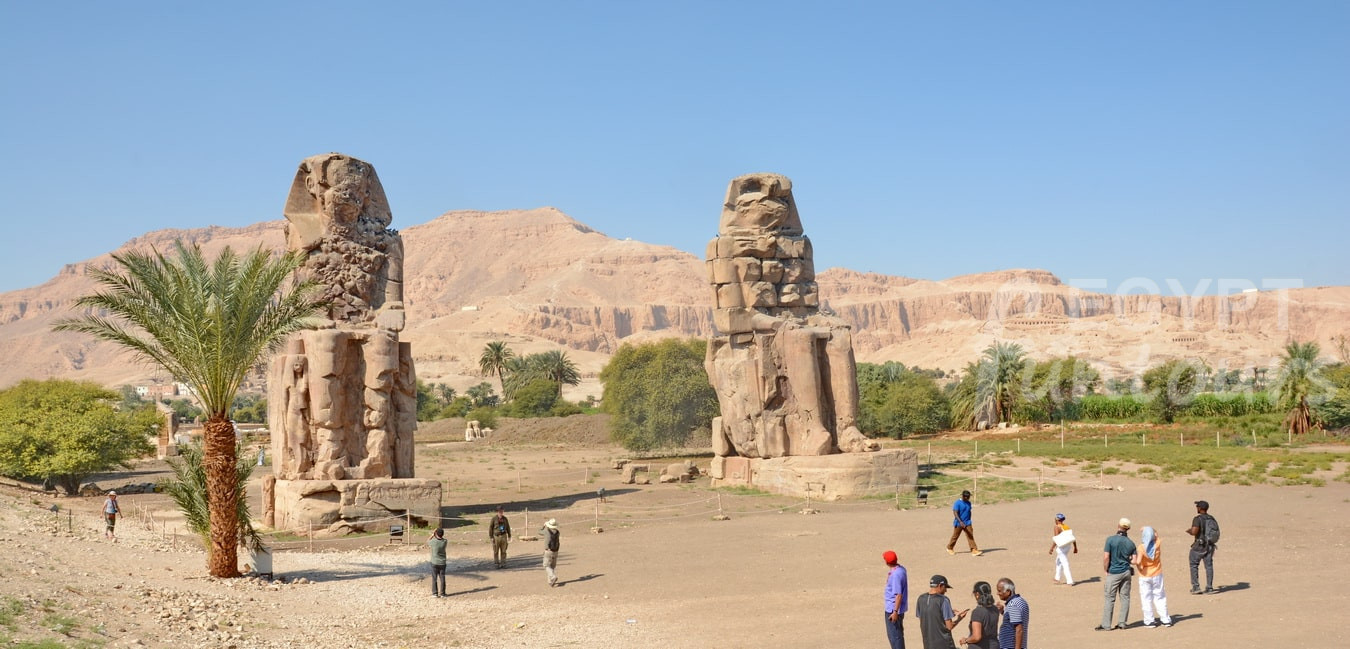
King Amenhotep III was one of the greatest builders in ancient Egypt’s history. His projects were not just grand; they were designed to reflect the pharaoh’s divine status and the prosperity of his reign. He transformed Thebes into a city of unparalleled splendor.
- The Temple of Amun at Luxor: He initiated the construction of the magnificent Luxor Temple. This temple was dedicated to the Theban Triad of Amun, Mut, and Khonsu. It was built to host the annual Opet Festival, a major religious event that celebrated the pharaoh’s connection to the gods.
- The Mortuary Temple: His mortuary temple on the west bank of the Nile was the largest of its kind. Today, only two colossal statues remain from this temple. Known as the Colossi of Memnon, they originally flanked the temple’s entrance. The sheer size of these statues gives us a sense of the temple’s original scale.
- Malqata Palace: He built a vast royal palace complex at Malqata on the west bank of Thebes. This was a city in its own right, with royal residences, administration buildings, and a large ceremonial lake. The palace showcased the pharaoh’s incredible wealth and power.
Art and Cult of King Amenhotep III
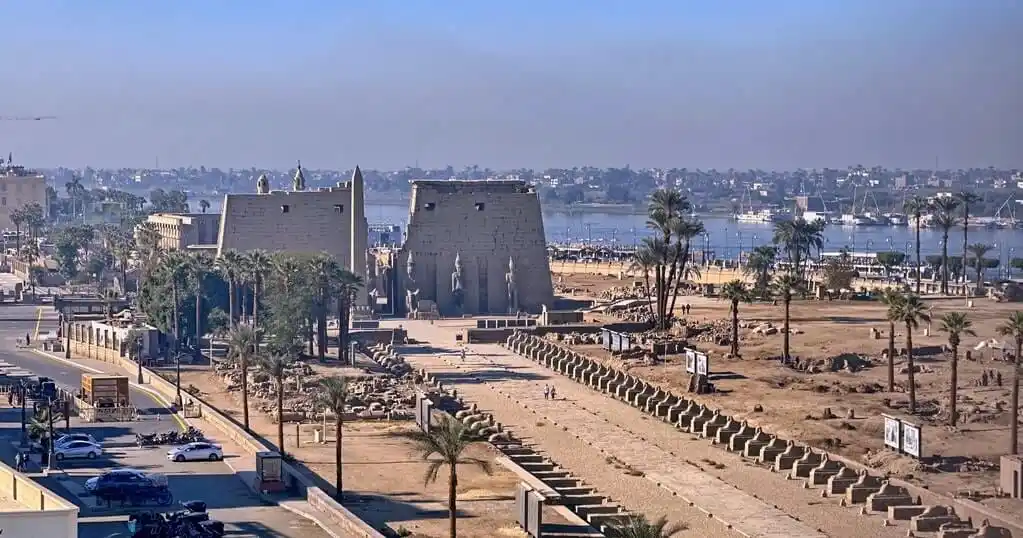
Amenhotep III’s reign saw a flourishing of Egyptian art. Artists created sculptures and reliefs of incredible quality and detail. This artistic output was a key part of his strategy to consolidate power. He promoted the worship of the Aten (the sun disk). He initially did this as a way to enhance his own divine status. This religious shift laid the groundwork for his son, Akhenaten’s, later religious revolution. Amenhotep III elevated his queen, Tiye, to an unprecedented position of prominence. She often appeared by his side in monumental art, showing her great influence. The art from this period is notable for its serene realism and subtle idealism, moving away from the rigid formalism of earlier dynasties.
Family and Succession

Amenhotep III had a large family. His most famous son, Amenhotep IV, would later change his name to Akhenaten and lead the Amarna revolution. This radical shift in religion and art, though temporary, would reshape Egyptian history. The transition of power from Amenhotep III to his son was a pivotal moment. It marked the end of a golden age and the beginning of a period of religious turmoil. However, Amenhotep III’s long and stable reign provided the foundation upon which Akhenaten could build his new order, for better or worse.
The Legacy of Amenhotep III

King Amenhotep III’s legacy is one of power, peace, and unparalleled artistry. His long and peaceful reign established a period of great stability. It allowed Egypt to reach the height of its power and influence. He left behind a vast number of temples, statues, and monuments that still stand today. They are a testament to his ambition and the resources he commanded. His reign provides a vital link between the triumphs of the early 18th Dynasty and the radical changes of the Amarna Period. His influence is visible not only in the monumental architecture he left behind but also in the diplomatic and artistic traditions he established. He remains one of the most celebrated and studied pharaohs of the New Kingdom.

